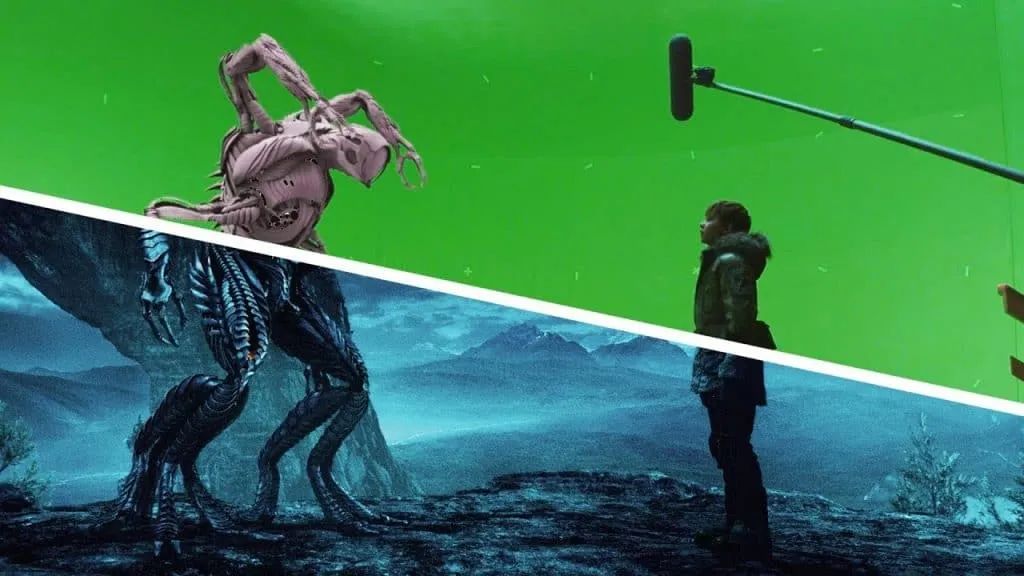Two big guys, a Hollywood 3D animated film history
Editor’s note: This article comes from WeChat public account “Academic Headlines” ( ID: SciTouTiao) , author: academic Jun. The original title “Turing Award announced, computer graphics pioneers Hanrahan and Catmull receive awards, congratulations to two Hollywood 3D animation blockbusters”
ACM (International Computer Society) announced today that it has honored Patrick M. Hanrahan and Edwin E. Catmull with the 2019 ACM AM Turing Award in recognition of their contributions to 3D computer graphics and their use in filmmaking and computers The revolutionary impact of applications such as Generated Image (CGI).
Edwin Catmull is a well-known computer scientist, co-founder and former president of Pixar Animation Studios; Patrick Hanrahan is one of the founding employees of Pixar Animation Studios and a professor of Computer Graphics Laboratory at Stanford University.

Ed Catmull and Pat Hanrahan have fundamentally influenced the field of computer graphics through conceptual innovation and contributions to software and hardware. Their work has had a revolutionary impact on filmmaking, starting with Toy Story 25 years ago and continuing to this day, forming a new type of computer animated film and paving the way for today’s 3D animated films .
3D computer animated movies are a very popular genre in the $ 138 billion global film industry today. 3D computer graphics are also critical for the booming video game industry and the emerging virtual and augmented reality fields.
Catmull and Hanrahan have made groundbreaking contributions to technology that are still integral to the development of CGI images today. In addition, their insights into programming graphics processing units (GPUs) have impacted not only computer graphics, but alsoData center management and artificial intelligence.
ACM also announced that Hanrahan and Catmull will be officially presented at the ACM Annual Awards Banquet in San Francisco, California on Saturday, June 20, 2020, and the two winners will also receive a $ 1 million bonus.

ACM Chairman Cherri M. Pancake said, “CGI has changed the way movies are made and experienced, and it has profoundly affected the wider entertainment industry. We are very excited to recognize Pat Hanrahan and Ed Catmull because computer graphics is ACM One of the largest and most active communities in the world, as evidenced by the ACM SIGGRAPH Annual Meeting.
At the same time, Catmull and Hanrahan’s contributions show that advances in one specialization of computing can have a significant impact on other areas, such as Hanraha’s work with shading for GPUs. languages for GPUs), making it a general-purpose computing engine for a wide range of fields, including my own high-performance computing major. “
Jeff Dean, a senior researcher at Google and senior vice president of artificial intelligence at Google, said: “Because 3D computer graphics technology is now very popular, we often forget what this field looked like a while ago. Although technology is constantly evolving, Hanrahan and The technology developed by Catmull decades ago is still the standard in this field, which impresses people. Recognize the scientific contribution of CGI technology and let the public know that such a future will affect virtual and augmented reality , Data visualization, education, medical imaging and many other fields are very important.
“Pat Hanrahan’s work in 3D modeling and image rendering is very outstanding. This is to enable computers to represent graphics visually and to allow people and computers to interact graphically. It has a wide range of applications, including: computer imaging, 3D animation, evenNetwork image transmission also falls into this category. That’s why Hanrahan has become the chief scientist of several companies. “Said Tang Jie, a professor of computer science at Tsinghua University.
Two big brothers, a history of 3D animated movies
Catmull received his PhD in computer science from the University of Utah in 1974. His mentors include Ivan Sutherland, the father of computer graphics and the 1988 ACM A.M. Turing Award winner.
In his doctoral dissertation, Catmull introduced two breakthrough technologies to display surface patches instead of polygons: Z-buffering for managing image depth coordinates in computer graphics; and two-dimensional Texture mapping of surface texture mapping on 3D objects.
At the University of Utah, Catmull also created a new way to represent a smooth surface by specifying a rough polygon mesh. Catmull’s technology has played an important role in developing photorealistic graphics and eliminating “aliasing” (a feature of original computer graphics, rough edges around graphics).
After leaving the University of Utah, Catmull established the New York Institute of Technology (NYIT) Computer Graphics Laboratory, one of the earliest dedicated computer graphics laboratories in the United States. At that time, Catmull dreamed of making a computer-animated movie.
In 1979, Star Wars director George Lucas hired Catmull, bringing him one step closer to his animated film dream. At LucasFilm, Catmull and his colleagues continued to develop innovative technologies for 3D computer graphics animation, while the industry was still dominated by traditional 2D technology.
In 1986, Steve Jobs acquired the computer animation division of LucasFilm and renamed it Pixar, with Catmull as president.
Pat Hanrahan was Catmull’s first staff at Pixar Animation Studios.